VOL- 8 ; ISSUE- 3, PUNE RESEARCH - An International Journal in English (ISSN 2454-3454) JIF 3.02
8.3 ENGLISH
Area of Article : ALL
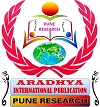
VOL- 8 ; ISSUE- 3, PUNE RESEARCH - An International Journal in English (ISSN 2454-3454) JIF 3.02
8.3 ENGLISH

VOL- 8 ; ISSUE- 3, PUNE RESEARCH - An International Journal in English (ISSN 2454-3454) JIF 3.02
8.3.1 ENGLISH
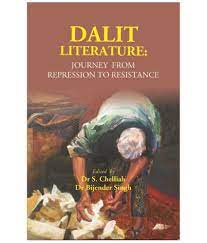
In India everybody is equal in front of the
constitution. This liberty and impartiality are a gift of doctor Babasaheb
Ambedkar. As the maker of the constitution of India, he tried to give liberty
and equal opportunity to Dalits. He rejected the notion that God has made caste
system as described in Manu smriti and other ancient Indian Vedic books. Dalits
have suffered from centuries that's why they were note satisfied with equality
in terms of political and economic but the demand for religious and creative
activity was the main reason that they created a literature of their own.
Keywords Constitution,
Babasaheb Ambedkar, Manu smriti, impartiality, liberty
VOL- 8 ; ISSUE- 3, PUNE RESEARCH - An International Journal in English (ISSN 2454-3454) JIF 3.02
8.3.1 ENGLISH
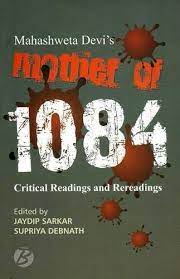
Subaltern
Consciousness is the major theme of the decolonized literature.Human mind and
spirit are basically free identities which resist external control and
governance. Mahasweta Devi is one of the prolific women writers of India. She
stands at the intersection of vital contemporary issues of politics, gender and
class. Her concern is for the poor, landless from lower castes of eastern
India. She has emerged as an important figure in the field of socially
committed literature.The present research paper entitled The Reflection of
Subaltern Voice in Mahasweta Devi’s novel “Mother of 1084” is an attempt
to examine the subaltern voice of that period. It explores how the Naxalite
Movement brings two subaltern mothers instead of class barriers. It’s a saga of
the Naxalite resistance in Bengal that through the character of Sujata and
Nandini, her powerful exploration of subjectivity voiced through the female
characters, it’s a tragedy of political mothers and a person of a class
barrier. This is a very sensitive and thought-provoking novel centered on a
Young, Idealistic, Intellectual, student, Brati Chatterjee, who is
treacherously betrayed to the police by a mole in his revolutionary group.
Keywords :- Subaltern Voice, Naxalite Movement, Death.
VOL- 8 ; ISSUE- 3, PUNE RESEARCH - An International Journal in English (ISSN 2454-3454) JIF 3.02
8.3.3 ENGLISH
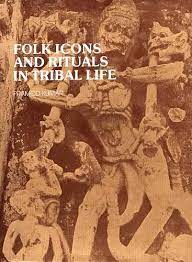
Indian folk literature holds out a strong and
loud message for other parts of the world where these art forms have
disappeared thick and fast in consonance with rapid industrialization and
globalization. Folk literature and folk-art forms are not merely carriers of
culture or philosophical poems, but rather the expressions of strong
self-reflections and deep insights accrued therein. Simple life, self-reflection
and treading the path of the righteous contained in traditions. Again, folk
traditions are not merely platforms for holding high moral ground having no
relevance to the present day reality. Most tribal communities in India are
culturally similar to tribal communities elsewhere in the world. They live in
groups that are cohesive and organically unified. The world of the tribal
imagination, therefore, is radically different from that of modern Indian
society. One of the main characteristics of tribal arts is their distinct
manner of constructing space and imagery. In both oral and visual forms of
representation, tribal artists seem to interpret verbal or pictorial space as
demarcated by an extremely flexible ‘frame’. The boundaries between art and
non-art become almost invisible. A tribal epic can begin its narration from a
trivial everyday event; tribal paintings merge with living space as if the two
were one and the same. And within the narrative itself, or within the painted
imagery, there is no deliberate attempt to follow a sequence. The episodes
retold and the images created take on the apparently chaotic shapes of dreams.
Keywords: Industrialisation, globalization, self-reflections,
cohesive, chaotic
VOL- 8 ; ISSUE- 3, PUNE RESEARCH - An International Journal in English (ISSN 2454-3454) JIF 3.02
8.3.4 ENGLISH
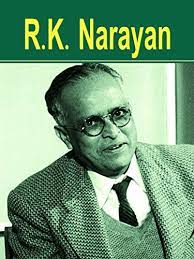
Family occupies an
important place in Narayan’s fiction. Whatever be the theme of his novels,
almost all of them portray, as side issues, one or the other aspect of family
life like son and parents relationship, father-son relationship, husband-wife
relationship and kinship bond etc. The joint family system which survived
through centuries is at last breaking up, under the pressure of modernism, the
sense of kinship is still strong in Indian milieu. With intense sensibility and
characteristic genius Narayan portrays this aspect of family life.
Key Words : R. K. Narayan, family, operative sensibility.
VOL- 8 ; ISSUE- 3, PUNE RESEARCH - An International Journal in English (ISSN 2454-3454) JIF 3.02
8.3.5 ENGLISH
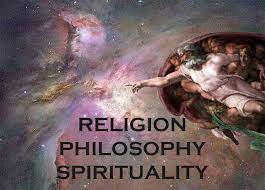
The
present paper offers some cultural texts collected from Awadhi orature. The
purpose of the work is to sensitise the readers to the rich storehouse of
knowledge in the margins. The study of the texts of folklore and oral
tradition appears as a potent mechanism to reconstruct ancient beliefs,
customs, and rituals and to know the mystic tradition of our ancestors. A close
reading of folklore can help us gain a better understanding of the culture from
which we came. The present paper offers a record of select oral texts and their
English renditions with a comment.
Key Words:
Folklore, Awadh, Philosophy and Spirituality
VOL- 8 ; ISSUE- 3, PUNE RESEARCH - An International Journal in English (ISSN 2454-3454) JIF 3.02
8.3.6 ENGLISH
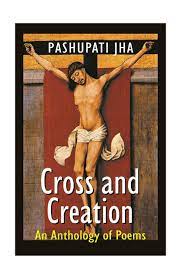
The
poetry of Pashupati Jha offers a quality read with every new publication, that
shows a perfect blend of tradition,
culture, and modernity. He belongs to the school of thought that represents the
values and ethics of India. His poetry comes out of his specific emotional
response, and through language chosen and arranged for its meaning, sound, and
rhythm. They make up for a vast subject as old as history, and even older,
present everywhere, possibly in different forms of human behaviour itself. The
present paper offers a firsthand note on certain features of his poetry, and
the thoughts therein concerning his seminal work Cross and Creation.
Key Words : Indian Poetry in English, Human Values,
Ethics, Tradition, Cross and Creation
VOL- 8 ; ISSUE- 3, PUNE RESEARCH - An International Journal in English (ISSN 2454-3454) JIF 3.02
8.3.7 ENGLISH
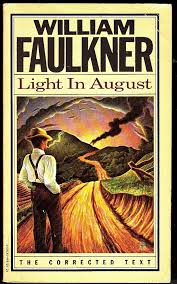
This paper deals with the plight of the Blacks in American society. The treatment of intersection goes against the conventions prevalent in the society of western countries reference to the American society is symbolic representation of impact of race on international community. The aim of this paper is to conduct a critical study of fictional world of William Faulkner, one of the leading novelists of American literature in English, in the light of racism in the literature of international community. .